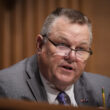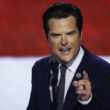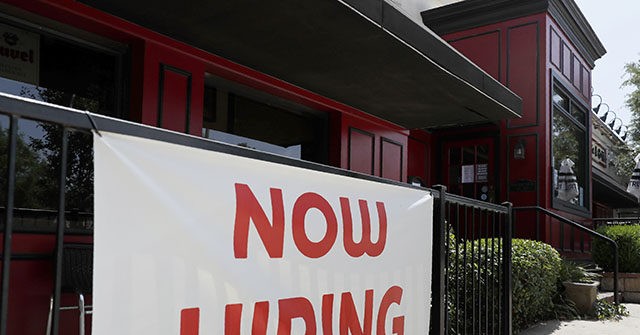U.S. employers posted more job openings than forecast in June, indicating that demand for labor has not cooled by as much as thought.
Job openings slipped to 8.18 million as of the last day of June, the Bureau of Labor Statistics said in its monthly report on the Job Openings and Labor Turnover Survey—known as JOLTS.
Economists had forecast eight million openings. The actual figure was above even the most optimistic projections in the surveys by Econoday and Bloomberg.
The prior month was originally reported as seeing 8.14 million openings. It was revised up to 8.23 million. Which means that the latest number would have been an increase if not for the upward revision.
The report shows that demand for workers remains strong even though hiring has slowed and payroll growth has cooled from last year’s blistering pace. The unemployment rate has edged up for three consecutive months, hitting 4.1 percent in June. By historical standards, however, that is extraordinarily low.
The strength of the openings number could give Fed officials reason to hold off on interest rate cuts beyond the September date when markets current expect the central bank to begin cutting.
The number of openings per unemployed worker held steady at 1.2, in line with the level prior to the pandemic. This is considered a key measure of the tightness of the labor market. The current ratio shows labor markets are quite tight but nowhere near where they were back in 2022, when the ratio peaked at two-to-one.
Job openings climbed in restaurants, hotels, and trade. State and local government vacancies also rose. Manufacturing openings fell.
The quits rate was stable at 2.1 percent, also matching prepandemic levels. A rising quits rate—which measures workers voluntarily leaving their jobs—is seen as a sign of rising confidence among workers that they will be able to easily find better work.





